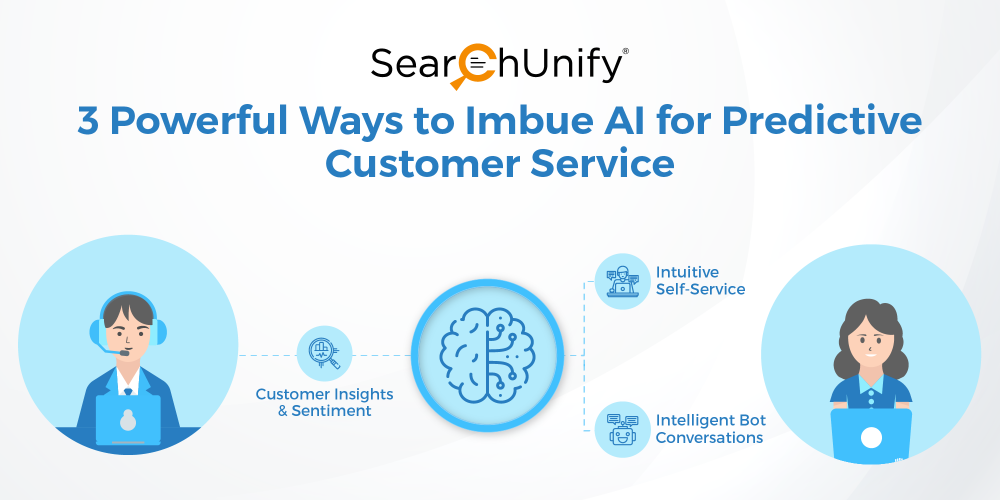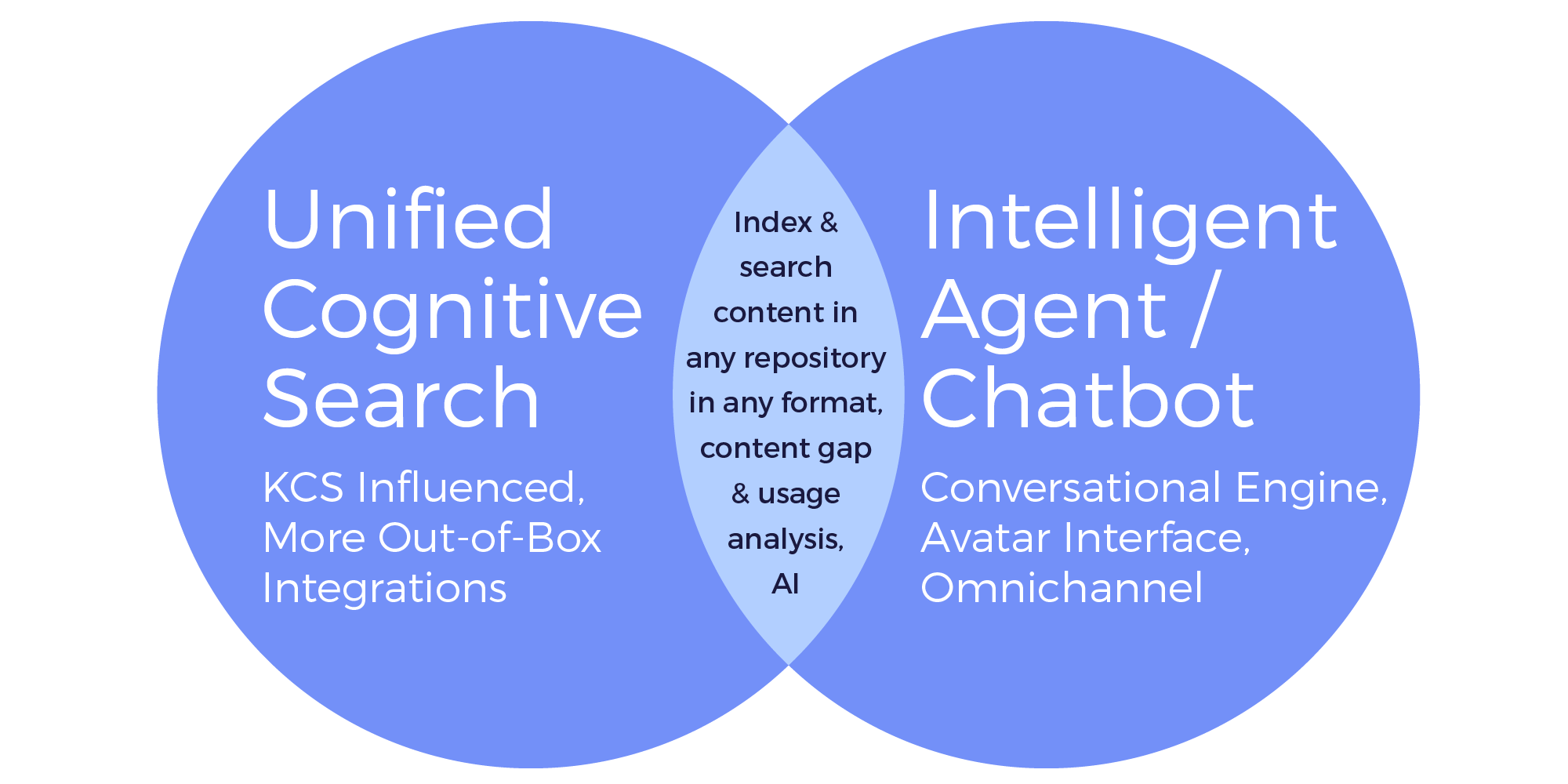
Artificial intelligence is transforming different business verticals in real-time. From Netflix, acting as a movie matchmaker with its personalized recommendations, Amazon suggesting new purchases using customer search history & transactions, to American Express predicting and preventing fraudulent transactions, businesses have struck gold with AI, more accurately with predictive AI.
Predictive customer service allows you to take preemptive measures for customer support. It means that you can provide help to your customers long before the problem even occurs. This blog post walks you through different ways in which predictive AI makes your customer service future-ready.
1. Real-Time and Intuitive Self-Service Interfaces
According to Microsoft’s global customer service report, 77% of consumers report having used a self-service support portal.
AI solutions can analyze customer data such as article views, search history, unsuccessful searches, past purchases, social media responses, etc., to identify pain points and preferences. With this information at their disposal, the service team can create helpful knowledge articles or FAQs on self-service channels that assist customers proactively.
If you want to take it up a notch, you can integrate your self-service platforms with a cognitive search engine. Since it can query digital content from multiple data sources in an enterprise, it makes your self-help portals intuitive and dynamic. This way, you serve personalized content to customers at scale.
Consider a brand that offers multiple product lines. And if you suggest knowledge articles and recommendations on community or any other forum without considering the product or version the customers use, you risk marring their experience. Cognitive search takes care of this and only suggests relevant content. To add icing to the cake, it can integrate with the community’s case creation page to provide spot-on case-resolving suggestions from all available KBs and community discussions.
2. Chatbots Built on Cognitive Search Framework
Forrester notes that the impact of the COVID-19 pandemic has strengthened organizational resolve to use chatbots to improve servicing and engagement and to mitigate crises.
The earlier generation of chatbots overpromised and under-delivered, leading to frustrated customers. Thankfully, they have undergone quite the makeover and now leverage NLP (Natural language processing), sentiment analysis, etc., to decipher meaning from human conversations and provide a befitting response.
In addition to this, chatbots built on semantic and cognitive search are even more promising as they offer dynamic conversations. They recognize patterns and extract intent from the search data on their own (all hail, unsupervised learning.) Then, they offer these intent suggestions to admins/data experts and help in dialogue creation. Nowadays, chatbots with multi-lingual support and inbuilt sample stories for different use cases are also available. This significantly reduces the investments in hiring, training, and managing the right talent for chatbot training.

Source : TSIA Research
Further, some solutions provide reports like the total users who interacted with the chatbot during a selected period of time. These reports not only give insights into user behavior but also assess bot performance so that you can continually tweak it to get better results.
3. Rich Insights That Suggest Next-Best Actions
Gartner predicts that 90% of corporate strategies will explicitly mention information as a critical enterprise asset and analytics as an essential competency by 2022.
No matter how streamlined your processes look, things can still head south at a moment’s notice. Hence, while you hope for the best, prepare for the worst. AI leverages machine learning algorithms for predictive case routing based on agent expertise for efficient triaging of cases. This way, all cases go to the right agents, thus decreasing the average total resolution time.
Companies are also employing conversational AI, much like Alexa, which can respond to verbal commands and redirect customers to the right agent without prolonged wait times or having to type. This can be of great advantage when you have multiple departments but want to deploy a single solution in your environment.
In addition to that, real‑time analytics provides a 360-degree view of the customer journey. When your support agents know who the customer is, when they last called, what they called about, what they’ve bought in the past, etc., they can better anticipate problems and take preemptive measures.
Want to Incorporate Predictive AI Into Your Customer Support and Service?
You can start by reading this guide on how an artificial intelligence-driven enterprise search powers self-service. This eBook lists three essential components of effective self-service and the success story of an enterprise that improved its case deflection by 25%. Download it and start on your AI journey today!



















